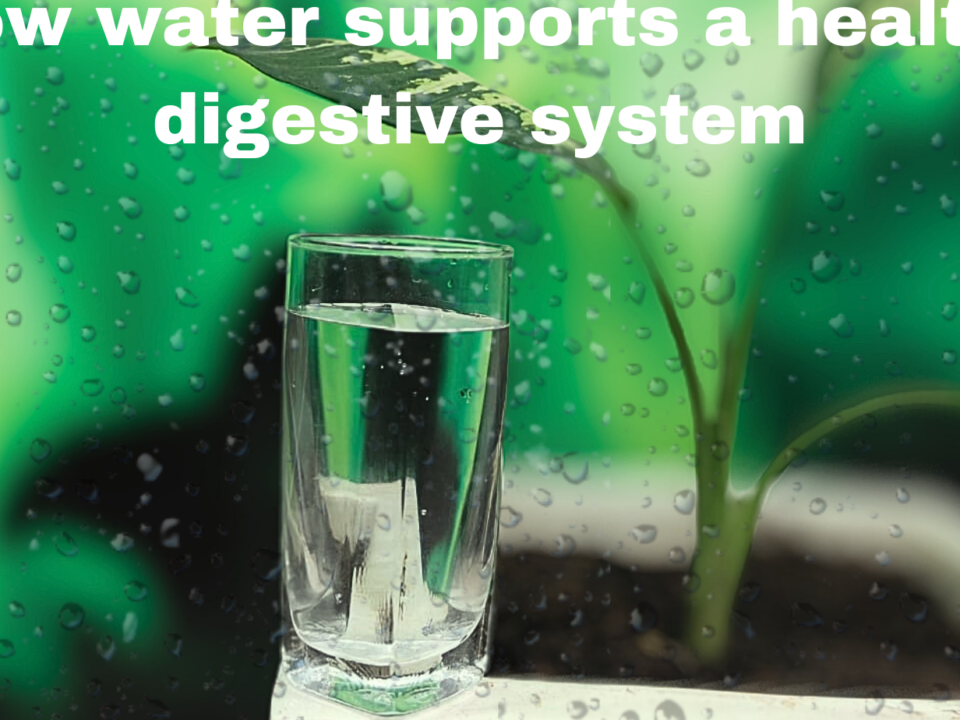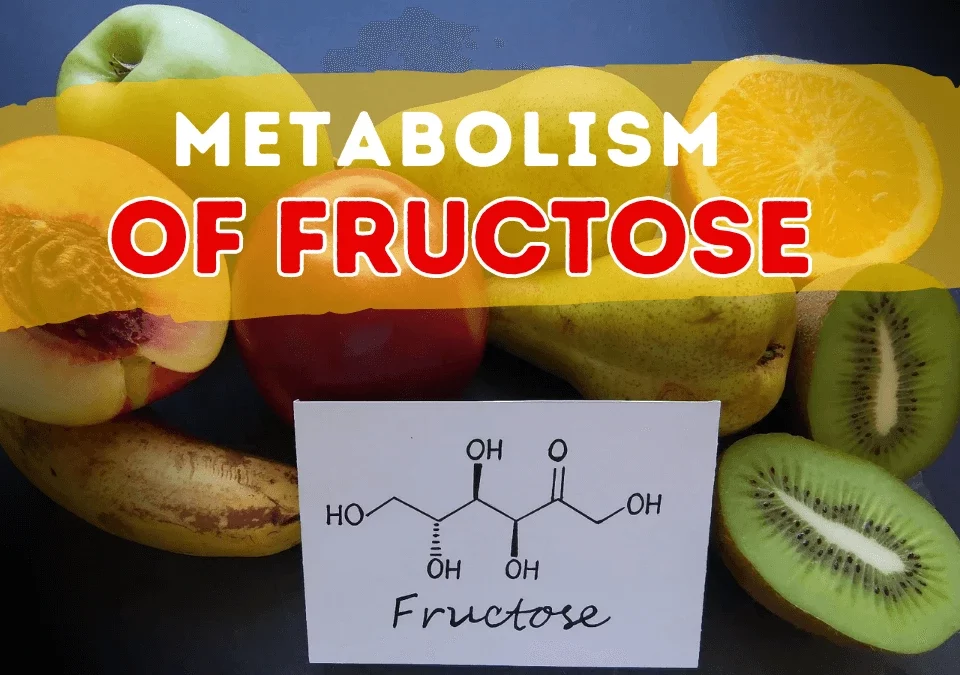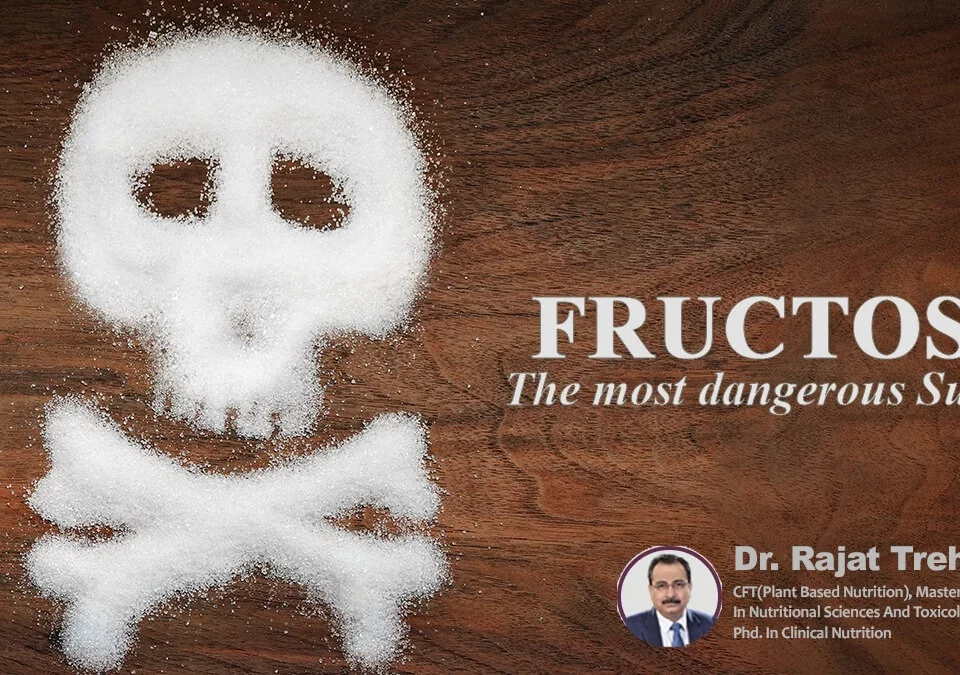Lung & Cellular Nutrition-Introduction

The Goodness of Ancient Grains
May 9, 2022
The Natural Protection of Lung
May 16, 2022Lung & Cellular Nutrition-Introduction.
A young mother sleepily opened the door into her toddler's bedroom to check one last time on two-year-old Babu before she went to bed. What she observed was that her son was blue and not breathing.
After calling the emergency, she began trying to resuscitate him. The paramedics arrived, and moments later, Babu was in transit to the hospital. They started CPR because the boy's heart had stopped beating. But only the emergency doctor was successful in getting the Babu's heart & lungs to respond.
The once lively little boy was admitted to the hospital with the diagnosis of severe asthma.
The doctor stabilized Babu and started him on a drug called theophylline which dilates the airways. Though his parents were relieved that Babu survived, they were terrified about his future as they had had no idea that asthma could manifest itself so suddenly or become so severe. Motivated to be sure Babu received all his medication, his parents took the fragile boy home.
Minimal lung reserve marred Babu's childhood. As he grew older, the doctors kept adding more and more medication because his lungs were not performing well. Due to his asthmatic condition, he could not participate in regular childhood activities like running and playing games.
Then when Babu was an adolescent, he suffered another asthmatic attack. Passing out at home & quit breathing. His parents called paramedics, and they started resuscitation. He responded only after an emergency admission to the hospital. Babu was placed on the anti-inflammatory drug prednisone, which he would continue to take for the next fourteen years.
At twenty-seven, with very minimal lung function left, Babu took nine different drugs. His pulmonary function tests showed his large airways were working at only 17% of normal capacity. The small airways were working at a mere 8% of normal capacity. Despite medication, he was unable to do physical work. Also, he was living with the fear of another asthmatic attack. His life was entirely dependent on medicines and inhalers.
At that time, Babu decided to do something for his asthma and overall health. He started taking antioxidant and mineral tablets with each meal. In the next three months, Babu felt better and added some additional tablets for vitamin C, calcium, magnesium, and grape seed extract. His lung function increased in the next two years, and his doctor reduced his medication. His repeated pulmonary function tests showed significant improvement.
After being in the Nutritional Extract program for two years, Babu found that his large airways were working at 87% of standard capacity, and his small airways were working at 56%. Not bad, considering he had decreased the number of medications he was taking from nine to three during the same period.
Asthma is now not controlling his life. His albuterol inhales used to last only one month. Now lasts at least six months, and he doesn't even know where it is half the time. Today, Babu can do physical activities, exercise, and start participating in sports.
Today's air is full of pollutants, nitrogen oxides, ozone, fuel emissions, and secondary cigarette smoke. The primary cause of oxidative stress enters the body's respiratory tract starting with the nasal passage and subsequently involves the thin-lines alveoli.
In short,BREATHE IN, COUGH OUT.
Look around you. The sky looks hazy, and the smog is present everywhere. In any metro city in India, the air is polluted. Every day, newspaper reports the poor air quality. Adding fuel to the fire, the burning of residual crops in northern parts of India adds another nail in the coffin for the air that we breathe in.
The cause of tremendous oxidative stress on the respiratory tract is air pollutants, which affect the body. Adding other sources of oxidative stress in the body puts the nasal passage and lungs literally under attack.
Still, God did not leave us defenseless. He created a sophisticated and elaborative defense system against this attack on our respiratory system.
Next Blog- The Natural Protection of Lungs.







